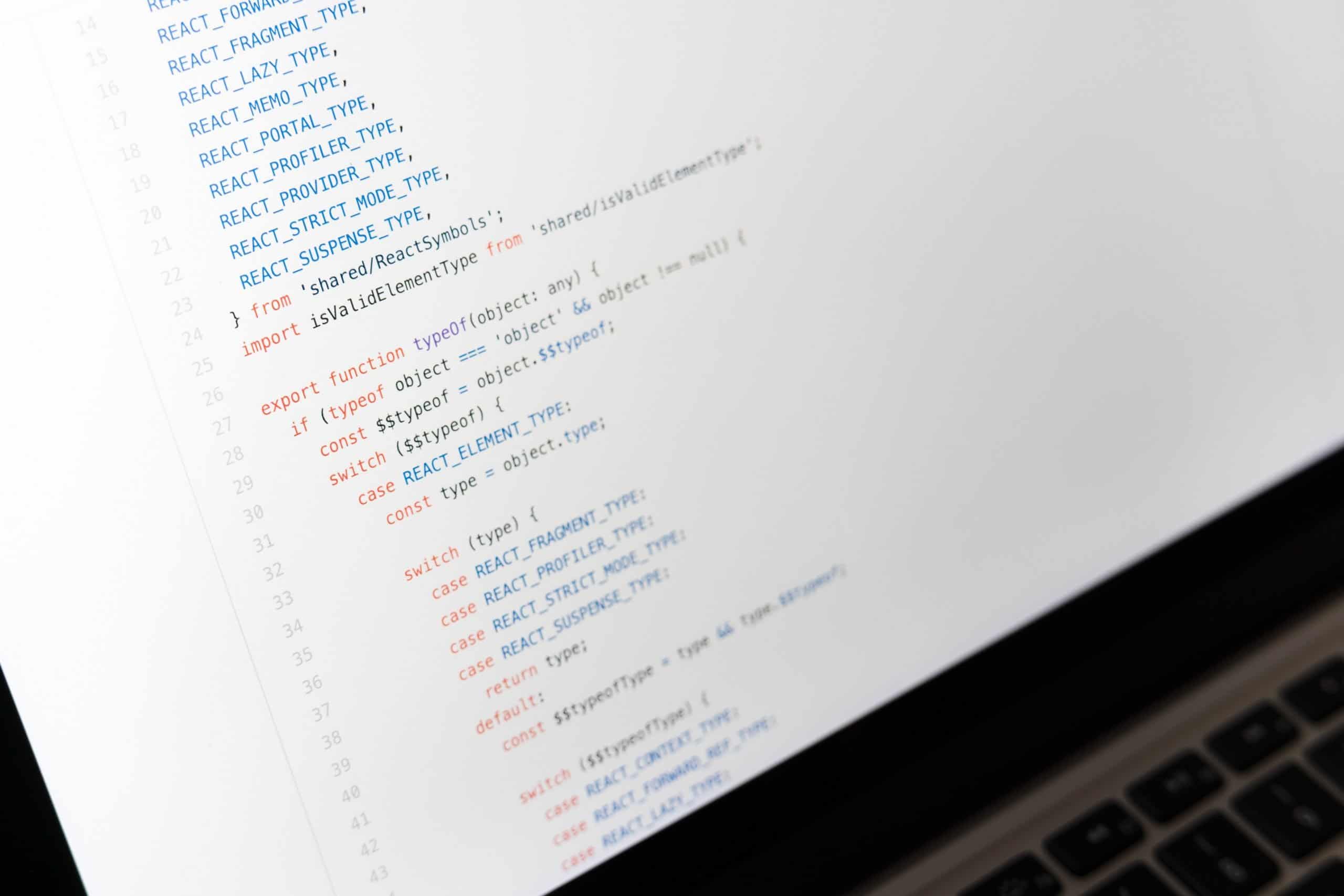Since its origins back in 1995, JavaScript has rapidly become one of the most noticeable coding and computerized languages to date. Today, JavaScript covers a fast online content field, from websites, blogs, eCommerce stores, and even iOS and Android mobile apps. This powerful language has quickly outgrown its intended use.
The first few fundamentals of working with JavaScript
Using a webpage, which has already been coded or starting from scratch, you can use three different ways to add more JavaScript to these web pages. The basic building blocks of adding JavaScript, users can make use of the following three ways:
Embedding – this is simply adding or embedding more code between an existing pair of <script> and </script> tag.
Uploading an external JavaScript file – you can create and upload a file with the extension .js via the SRC attribute of the <script> tag.
Using HTML – another easy way is to create JavaScript code and placing it in an HTML tag, making use of attributes such as onmouseover, onekeypress, onload, onclick, and more.
JavaScript Syntax and Case sensitivity
JavaScript uses a certain syntax; this syntax is known as the set of rules outlining the procedures and frameworks to construct a JavaScript page or program correctly. Something to keep in mind when you hire fullstack developer is that JavaScript is a case-sensitive language, meaning if even one of your letters is written in the wrong case, either upper or lower, you might encounter some problems.
Variables of JavaScript and Comments
There are various points in which we can start, but the most important is looking at basic JavaScript terminology, variables, and how we add comments.
Let’s say you have a source code open in front of you – writing comments on the page will help notify other developers of what’s going on and where the project might need some additional help.
Comments work as follow: // is used for a single line comment and /*This is a multi-line comment*/
Using var variableName; let variableName; const variableName as keywords will help you define the performed action type.
If this sounds a bit confusing, just remember that you are creating the webpage, blog, or app and are essentially informing the web browser what variables it should create. Knowing what variable to placed where and how to insert it means you will be able to manipulate and create new web content. This is easy if you look at this example – let boy = football, meaning boy will be identified as a football. You can assign multiple variables, both identified and unidentified.
Rules on naming JavaScript variables
These are some of the most important things to remember when naming a JavaScript variable and strong ties in with how JavaScript uses an outlined syntax framework, as previously mentioned.
- Start variable names with a letter, underscore, or a dollar sign.
- Variable names cannot start with numbers and cannot contain spaces.
- Alpha-numeric characters (A-z and 0-9) and underscores are allowed.
- JavaScript keywords and reserved words cannot be used for a variable name.
Making use of functions
Because we write multiple blocks and lines of code, we can use functions that are designed to assist you in performing a single task. This means that your code will be split into different sections, making it easier to read, reuse, and perform a designated task.
To declare or show that a function may follow, you can use the keyword function before the desired function with brackets afterward.
String and number types
Beginners will most likely make use of Primitive Data types. These include string data types and number data types.
String Data Types: this is more focused on the arrangement of characters and represents textual data. Single or double quotes are used and surround one or more characters such as var a = ‘The dog barks’; // using single quotes, var b = “The dog barks”; // using double quotes.
Number Data Types: this data type focusses on the representation of numbers with its various properties i.e. decimal places, exponential notation, positive and negative, etc. Examples are, var a = 60; // integer, var b =230.99; // floating-point number.
With this being said, a mountain of research and online content at our disposal will help us learn and understand JavaScript faster and easier. Although this guide will only highlight some of the most important aspects for beginners to remember, you can always research and find JavaScript Projects that will help you learn some of the fundamentals of this powerful language.

